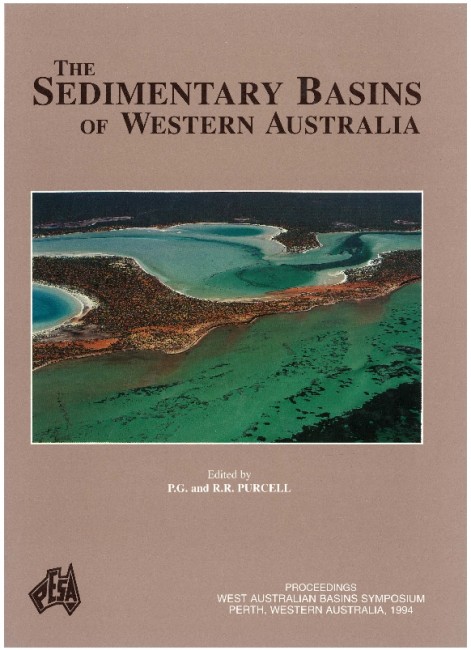Publication Name: The Sedimentary Basins of WA
Authors: Mark Lisk and Peter Eadington
Publication Volume: 1
Date Published: July 1994
Number of Pages: 23
Reference Type: Book Section
Abstract:
In currently water wet sandstones of the Plover Formation from Octavius-2 the high percentage of quartz grains containing oil bearing inclusions is comparable to oil zone samples from Jabiru-1A. This evidence for high palaeo-oil saturation in samples from a continuous sixty metre sandstone interval in Octavius-2 is consistent with this interval having been oil saturated. The percentage of grains containing oil inclusions in Octavius-2 is two orders of magnitude higher than observed in samples taken from the water wet Plover Formation in Douglas-1, ugustus-1, and Hadrian-1, which contain only limited hydrocarbon indications.Oil-filled fluid inclusions in the AC/P-11 wells exhibit variable fluorescence colours and correspond to oil of different maturity. Fluid inclusions containing high maturity oil are most numerous and represent the principal oil charge. These are restricted to the Plover Formation and confirm the potential of this reservoir as a regional migration pathway for oil. This high maturity oil in inclusions exhibits blue and white fluorescence colours which are identical to the fluorescence colours of the majority of oil inclusions seen in Jabiru-1A.
Fluid inclusions containing yellow and orange fluorescing oil, and interpreted to be of low maturity, occur in both Plover Formation and Swan Group sandstones. The absence of mature oil in fluid inclusions from Tithonian sandstones of the Swan Group suggests a lack of lateral continuity for migration paths at this level, probably reflecting the localised distribution of these fan deposits. Kinetic simulations of oil generation suggest that interbedded shales of the Vulcan Formation near these wells have expelled low maturity oil which is consistent with the occurrence of yellow and orange fluorescing oil inclusions.
The abundance of oil inclusions within diagenetic quartz overgrowths at Jabiru-1A and Octavius-2 suggests oil columns were present at the time of trapping of oil inclusions by crystallization of quartz overgrowths. Fluid
inclusion palaeotemperatures indicate this occurred from Miocene time.


